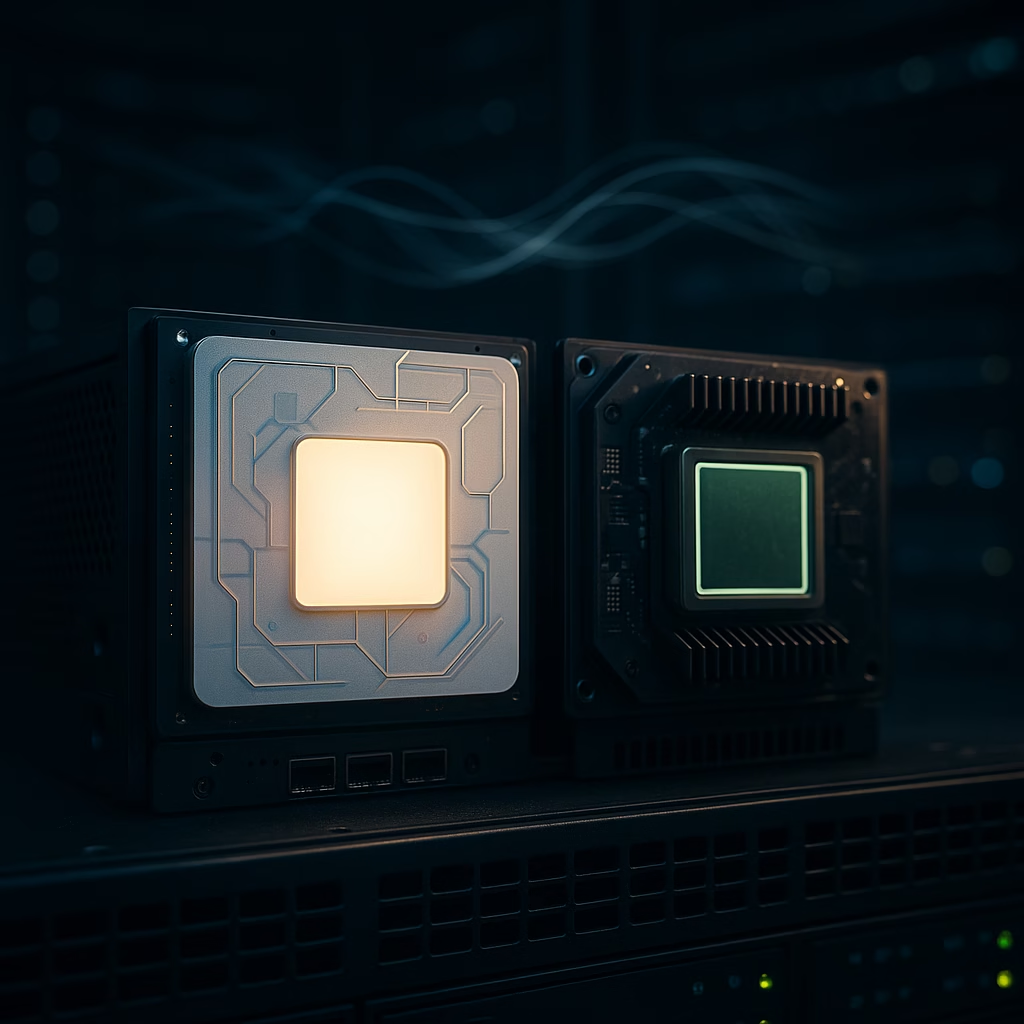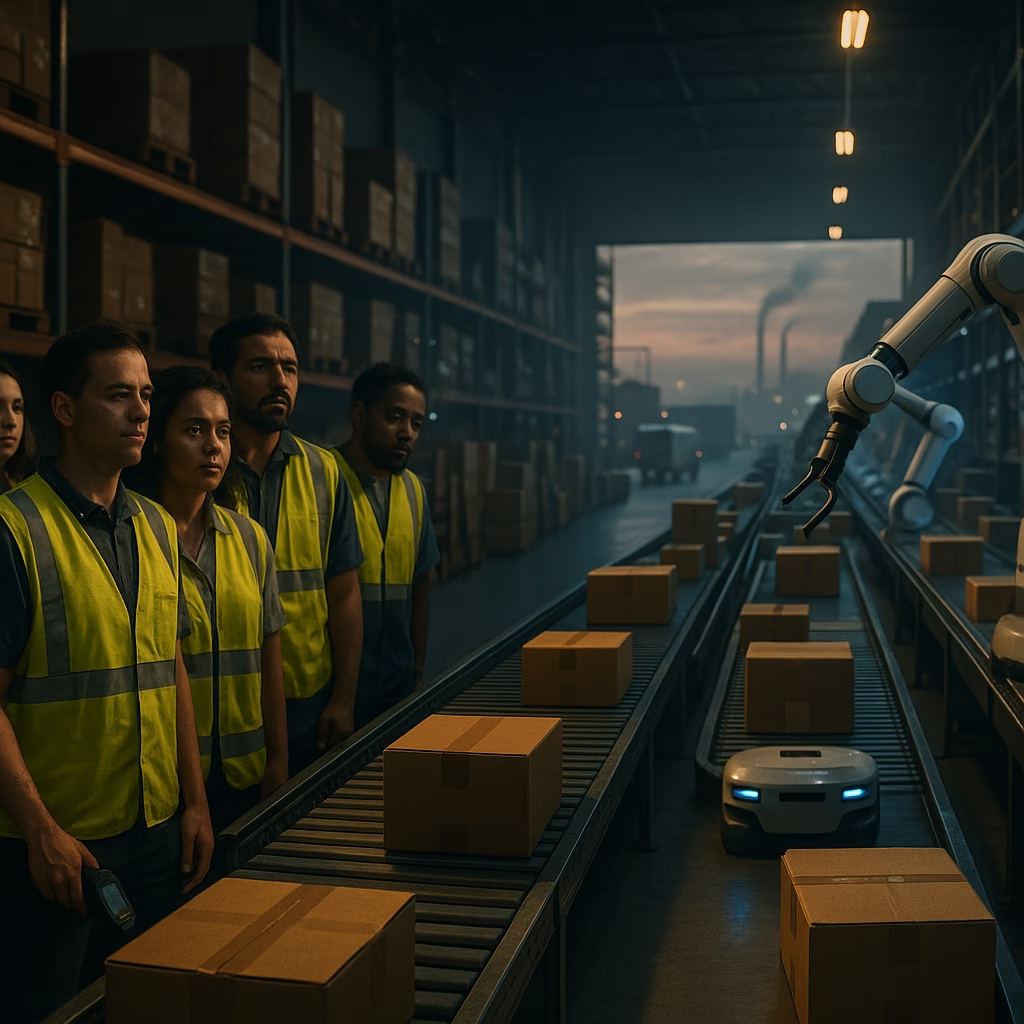Nvidia Plans Up to $500 Billion AI Infrastructure Investment in the U.S.
America’s AI Future Just Got a Massive Boost
In a bold and unprecedented move, Nvidia, the global leader in GPU and AI computing technologies, has announced plans to invest up to $500 billion in AI infrastructure within the United States. This monumental investment signals not only Nvidia’s dominance in the artificial intelligence landscape, but also a strategic bet on America’s future as a global AI powerhouse.
This announcement comes at a time when governments and industries worldwide are investing heavily in artificial intelligence to fuel the next wave of digital innovation. Nvidia’s decision to deploy such a massive sum domestically could have far-reaching implications for the U.S. tech economy, national security, and global AI competitiveness.
Why Nvidia Is Investing $500 Billion in U.S.-Based AI Infrastructure
Nvidia’s meteoric rise from GPU innovator to silicon superpower has made it a central player in the AI revolution. With the advent of generative AI, large language models (LLMs), robotics, and autonomous systems, demand for compute power has skyrocketed — and Nvidia is positioning itself to meet that demand head-on.
Key reasons behind this investment include:
- Strategic Expansion of AI Data Centers: Nvidia plans to co-develop and supply large-scale AI factories across the country. These facilities will support training and inference for next-gen AI models.
- Strengthening U.S. AI Leadership: Prioritizing domestic investment ensures technological sovereignty and easier access for U.S. companies and institutions working on high-priority AI applications.
- Public-Private Collaborations: Nvidia is likely to tap into government support, including incentives from the Inflation Reduction Act, CHIPS Act, and other AI-related federal initiatives.
- Partnering with Industry Giants: The company emphasized its plan to work with key tech partners such as Amazon, Microsoft, and Meta to co-create AI infrastructure across cloud and enterprise ecosystems.
What Will This AI Investment Look Like?
Jensen Huang, Nvidia’s CEO, shared that this enormous AI investment will unfold across multiple years and phases. It will involve designing and building out what he calls “AI factories” — sophisticated data centers equipped with Nvidia’s latest H100 and B100 chips.
Here’s what to expect from this initiative:
- Next-Generation AI Factories: These facilities aren’t your average data centers. They will be optimized for running massive deep learning models and real-time AI services like chatbots, predictive analytics, and synthetic media generation.
- Development of Custom Hardware Platforms: Nvidia will deploy its DGX SuperPOD and Grace Hopper chips in cloud and on-premise data centers, enhancing AI workload scalability and performance.
- AI-Powered Applications Across Industries: From healthcare to autonomous vehicles and financial services, this infrastructure will unlock new AI-driven capabilities in nearly every sector of the economy.
Boosting the U.S. Economy and AI Talent
Nvidia’s multi-hundred-billion-dollar move is also expected to be a powerful job creator. As AI factory construction ramps up, many roles will be needed in engineering, software development, project management, and data science.
Economic and social impact highlights:
- Tens of thousands of jobs will be created over time — both directly through data center development and indirectly via supportive AI industries.
- Regional technology hubs in states like Texas, Arizona, and Ohio could receive significant portions of the investment, driving economic growth in non-traditional tech corridors.
- STEM education and talent pipelines are expected to grow stronger through partnerships with universities and vocational programs aligned with Nvidia’s long-term workforce needs.
Nvidia’s Vision: AI as the New Industrial Revolution
CEO Jensen Huang has long championed his belief that AI represents a new industrial revolution. With this investment announcement, Nvidia is signaling that the next battle for industry dominance will be fought—and won—on the infrastructure front.
Key vision elements include:
- Wide-Scale AI Democratization: Nvidia’s infrastructure could lower entry barriers for smaller AI startups and researchers, giving them access to the same compute power as corporate giants.
- Transforming Industries: AI infrastructure will enable better real-time translation, enhanced diagnostics, supply chain optimization, and more immersive digital experiences.
- Sustainable AI Operations: Nvidia also aims to incorporate green energy solutions into these data centers, aligning with environmental goals set by federal and international agencies.
Strategic Partnerships to Scale Operations
Nvidia’s strategy isn’t to build all this AI capacity on its own. It will work closely with existing hyperscalers, cloud service providers, and AI chip customers to roll out AI factories efficiently and at scale.
Confirmed collaboration areas include:
- Cloud AI Services: Nvidia is collaborating with Amazon Web Services (AWS), Microsoft Azure, and Google Cloud to bring Nvidia-powered AI clusters to the enterprise market.
- Enterprise AI Adoption: Strategic partnerships with Oracle, Dell, and Hewlett Packard Enterprise (HPE) will help enterprises deploy Nvidia’s AI models and infrastructure in-house.
- Social Media and Content: Partnerships with Meta and Adobe focus on content generation, recommendation systems, and augmented reality experiences.
The Geopolitical Significance of Domestic AI Infrastructure
Given global tensions and growing scrutiny over technology imports, Nvidia’s choice to house its infrastructure investment within U.S. borders is as much a geopolitical strategy as it is a business play.
Implications include:
- National Security Advantage: Domestic infrastructure will be less susceptible to export restrictions, foreign espionage, and international regulatory pressures.
- Supply Chain Resilience: Producing and deploying advanced AI equipment locally reduces vulnerability to international supply chain disruptions.
- Global Tech Leadership: The U.S. regaining a leading edge in AI infrastructure may deter rival investments and encourage other nations to collaborate with American firms.
What This Means for Startups and Developers
This announcement isn’t just a win for big tech — it represents a major opportunity for developers, AI researchers, and startups that have previously struggled with limited access to compute resources.
Smaller players may benefit from:
- Shared compute platforms: Expanding access through Nvidia’s AI Foundry program.
- More affordable inference costs: As capacity grows and economies of scale kick in.
- Access to cutting-edge tools: Including Nvidia’s software stack such as CUDA, TensorRT, and the Omniverse platform.
A Historic Moment for Tech Infrastructure
Nvidia’s plan to invest up to $500 billion in U.S.-based AI compute represents a transformative shift in how the next generation of technology will be built. More than just a corporate announcement, this signals a long-term commitment to empowering America’s innovation economy and digital sovereignty.
As Jensen Huang aptly put it, we are on the cusp of a new computing era — and with this investment, Nvidia doesn’t just want to participate… it wants to lead.
Stay tuned to our blog for updates on AI, data centers, and the future of technology in the U.S.
< lang="en">







Leave a Reply